As another tumultuous year draws to a close, both individuals and small business owners are advised to assess their current tax situation, with an eye on maximizing available tax breaks and avoiding potential tax pitfalls. Planning should be based on the latest laws of the land. Just look at the significant legislation enacted in recent years. Following the massive Tax Cuts and Jobs Act (TCJA) of 2017, the Coronavirus Aid, Relief, and Economic Security (CARES) Act addressed various pandemic-related issues in 2020. In quick succession, the Consolidated Appropriations Act (CAA) extended certain CARES Act provisions and modified others, while the American Rescue Plan Act (the ARPA) created even more tax-saving opportunities in 2021. This series of new laws culminated in the Inflation Reduction Act (the IRA) passed in August. The IRA, which is generally effective next year, includes several provisions that could have a big tax impact on individuals and business entities. And we still might not be done. More proposed legislation has been introduced in Congress. If another new law featuring tax provisions is enacted before 2023, it may require you to revise your year-end tax planning strategies.
This is the time to assess your tax outlook for 2022. By developing a comprehensive year-end plan, you can maximize the tax breaks currently on the books and avoid potential pitfalls.
INDIVIDUAL TAX PLANNING
Itemized Deductions
Due to several related provisions in the TCJA, generally effective for 2018 through 2025, more individuals are claiming the standard deduction in lieu of itemizing deductions.
TAX IDEA: Make a quick analysis of your situation. Depending on the results, you may decide to accelerate certain expenses into 2022 or postpone them to 2023.
For instance, you may want to “bunch” charitable donations in a year you expect to itemize deductions. (There is more on charitable deductions below.) Similarly, you might reschedule physician or dentist visits to provide the maximum medical deduction. The deduction for those expenses is limited to the excess above 7.5% of your adjusted gross income (AGI). If you do not have a reasonable shot at deducting medical and dental expenses in 2022, you might as well postpone non-emergency expenses to 2023.
Note that the TCJA made other significant changes to itemized deductions. This includes a $10,000 annual cap on deductions for state and local tax (SALT) payments and suspension of the deduction for casualty and theft losses (except for qualified disaster-area losses).
Year-end tip: The standard deduction for 2022 is generally $12,950 for single filers and $25,900 for joint filers.
Charitable Donations
If you still expect to itemize deductions in 2022, you may benefit from contributions to qualified charitable organizations made within generous tax law limits.
TAX IDEA: Step up your charitable gift-giving at year-end. As long as you make a donation in 2022, it is deductible on your 2022 return—even if you charge the donation by credit card as late as December 31.
Note that the deduction limit for monetary contributions was increased to 100% of AGI for 2021, but the limit reverted to 60% of AGI for 2022. Nevertheless, this still provides plenty of flexibility for most taxpayers. Any excess may be carried over for up to five years.
Furthermore, if you donate appreciated property held longer than one year (i.e., it would qualify for long-term capital gain treatment if sold), you can generally deduct an amount equal to the property’s fair market value (FMV). But the deduction for short-term capital gain property is limited to your initial cost. Your annual deduction for property donations generally cannot exceed 30% of your AGI. As with monetary contributions, any excess may be carried over for up to five years.
Year-end tip: The CARES Act established a maximum deduction of $300 for charitable donations by non-itemizers in 2020. The special deduction was then extended to 2021 and doubled to $600 for joint filers. As of this writing, however, this tax break is not available in 2022.
Alternative Minimum Tax
The alternative minimum tax (AMT) calculation features several technical adjustments, inclusion of “tax preference items” and subtraction of an exemption amount (subject to a phase-out). After comparing AMT liability to regular tax liability, you effectively pay the higher of the two.
TAX IDEA: Have your AMT status assessed. If the results warrant it, you may want to shift certain income items to 2023 to reduce AMT liability for 2022. For instance, you might postpone the exercise of incentive stock options (ISOs) that count as tax preference items.
Fortunately, fewer taxpayers are now liable for the AMT, thanks mainly to changes in the TCJA. The chart below shows the exemption amounts since 2017.
| Filing status | 2017 | 2018 | 2019 | 2020 | 2021 | 2022 |
| Single filers | $54,300 | $70,300 | $71,700 | $72,900 | $73,600 | $75,900 |
| Joint filers | $84,500 | $109,400 | $111,700 | $113,400 | $114,600 | $118,100 |
| Married filing separately | $42,250 | $54,700 | $55,850 |
$56,700 |
$57,300 |
$59,050 |
Year-end tip: The AMT rates for single and joint filers for 2022 are 26% on AMT income up to $206,100 ($103,050 if married and filing separately) and 28% on AMT income above this threshold. Note that the top AMT rate is still lower than the top ordinary income tax rate of 37%.
Electric Vehicle Credits
The IRA green lights tax credits for purchasing electric vehicles (EVs) and plug-in hybrids over the next few years. But certain taxpayers will not qualify.
TAX IDEA: Map out your plans accordingly. For example you may prefer to buy a new EV in 2022 or 2023 or wait until next year to buy a used vehicle.
Notably, the IRA includes the following changes.
* The credit cannot be claimed by a single filer with a modified adjusted gross income (MAGI) above $150,000 or an MAGI of $300,000 for joint filers.
* The credit is not available for most passenger vehicles that cost more than $55,000; $80,000 for vans, sports utility vehicles (SUVs) and pickup trucks.
* The vehicle must be powered by batteries whose materials are sourced from the U.S. or its free trade partners and must be assembled in North America.
* The current threshold of 200,000 vehicles sold by a manufacturer is eliminated.
In addition, the IRA authorizes a credit of up to $4,000 for used vehicles if you are a single filer with an MAGI of no more than $75,000; $150,000 for joint filers.
Year-end tip: The vehicle threshold for manufacturers remains in effect in 2022.
Residential Energy Credits
The IRA generally enhances the residential energy credits that are currently available to homeowners.
TAX IDEA: Take the new rules into account. This may affect the timing of certain improvements you make to your home.
Under the new law, you may benefit from two types of residential energy credits.
- The 30% “residential clean energy credit” can generally be claimed for installing solar panels or other equipment to harness renewable energy like wind, geothermal energy and biomass fuel. This credit, which was scheduled to phase out and end after 2023, is preserved at 30% from 2022 through 2032 before phasing out.
- The 30% “energy efficient home improvement credit” can generally be claimed for up to $1,200 of the cost of installing energy-efficient exterior windows, skylights, exterior doors, water heaters and other qualified items through 2032 before phasing out. For 2022, the credit remains at 10% with a maximum of $500.
Year-end tip: Certain items have annual dollar caps. Contact your professional advisors for more details.
Miscellaneous
* Pay a child’s college tuition for the upcoming semester. The amount paid in 2022 may qualify for one of two higher education credits, subject to phase-outs based on your MAGI. Note: The alternative tuition-and-fees deduction expired after 2020.
* Avoid an estimated tax penalty by qualifying for a safe-harbor exception. Generally, a penalty will not be imposed if you pay 90% of your current year’s tax liability or 100% of your prior year’s tax liability (110% if your AGI exceeded $150,000).
* Minimize kiddie tax problem by having your child invest in tax-deferred or tax-exempt securities. For 2022, unearned income above $2,300 that is received by a dependent child under age 19 (or under age 24 if a full-time student) is taxed at the top tax rate of the parents.
* Empty out flexible spending accounts (FSAs) for healthcare or dependent care expenses if you will forfeit unused funds under the “use-it-or-lose it” rule. However, your employer’s plan may provide a carryover to 2023 of up to $570 of funds or a 2½-month grace period or both.
* Make home improvements that qualify for mortgage interest deductions as acquisition debt. This includes loans made to substantially improve your principal residence or one other home. Note that the TCJA suspended deductions for home equity debt for 2018 through 2025.
* If you own property damaged in a federal disaster area in 2022, you may qualify for quick casualty loss relief by filing an amended 2021 return. The TCJA suspended the deduction for casualty losses for 2018 through 2025, but retained a current deduction for disaster-area losses.
CONCLUSION
This year-end tax-planning letter is based on the prevailing federal tax laws, rules and regulations. Of course, it is subject to change, especially if additional tax legislation is enacted by Congress before the end of the year.
Finally, remember that this letter is intended to serve only as a general guideline. Your personal circumstances will likely require careful examination. Please call Larson & Company today at 801-313-1900 to schedule a meeting for assistance with all your tax-planning needs.
Source: Elite Editorial Services, 2022 Year-End Tax Planning Letter, 11/18/22
This year-end tax-planning letter is published for our clients, friends and professional associates. It is designed to provide accurate and authoritative information with respect to the subject matter covered. The information contained in this letter is not intended or written to be used for the purpose of avoiding any penalties that may be imposed under federal tax law and cannot be used by you or any other taxpayer for the purpose of avoiding such penalties. Before any action is taken based on this information, it is essential that competent, individual, professional advice be obtained.


.png)



